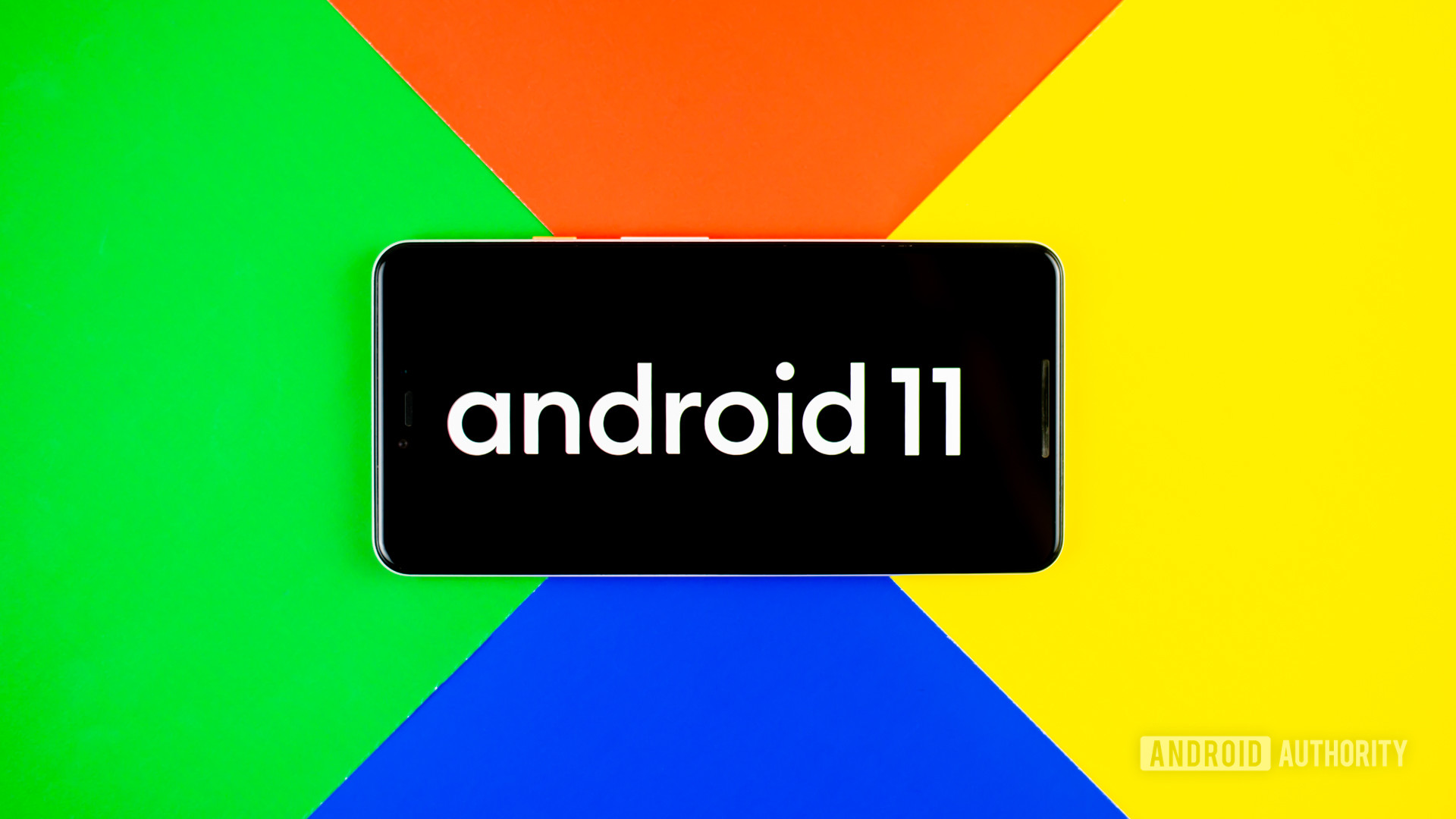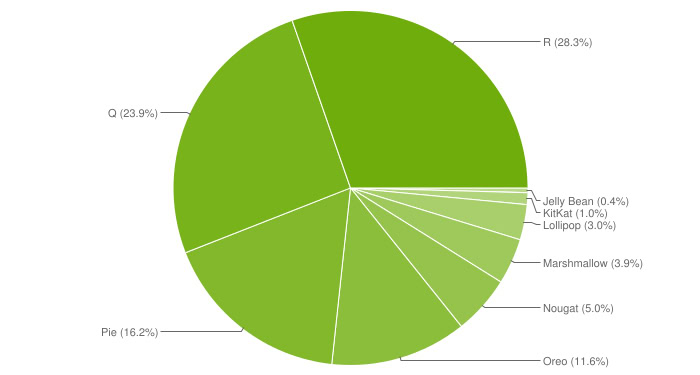Affiliate links on Android Authority may earn us a commission. Learn more.
Percentage of devices on Android 11 or newer goes up, but numbers still murky

- The newest Android distribution numbers show an increase in devices with Android 11 or newer installed.
- Newer versions of the operating system have declined.
- However, Google’s way of showing the numbers makes it difficult to pinpoint what, exactly, is happening.
Years ago, Google would publicly post statistics related to how many devices in the world were running specific versions of the Android operating system. It used to give us an easy way to check how fast adoption had been for any particular flavor of Android.
See also: The history of Android
However, in 2018, Google abruptly stopped providing this information. It was nearly a year later that Google took the whole system offline and instead moved Android distribution numbers into Android Studio, the integrated development engine (IDE) for the operating system.
Today, we have the latest figures (via 9to5Google). Predictably, the data shows that more people than ever are using Android 11 or newer. The data also shows that fewer people are using older versions of the operating system, with even Android 10 distribution dropping by 2.6%.
However, the data still has us asking many questions.
2022 Android distribution
In the chart above — which 9to5Google created since Google doesn’t anymore — you can see how Android versions are distributed around the globe. Android Q (aka Android 10) has 23.9% of devices, down from 26.5% in November 2021. Android 9 Pie also came down from 18.2% in November to 16.2%. You see similar reductions all the way down the line.
In other words, this data makes it seem like newer versions of Android are capturing distribution share from older versions. That’s good, right?
The problem is that 9to5Google’s chart makes it seem like Android R (aka Android 11) owns 28.3% of the distribution share, which is the largest chunk of the pie. However, that section of the pie also includes Android 12 and Android 12L. That leaves us wondering just how much of that 28.3% is Android 11 and how much of it isn’t.
Of course, this is Google’s intention. For years, Apple made it a habit to point out how the adoption of new versions of iOS outpaces new versions of Android, and obfuscating those numbers prevents Apple from doing that. The side-effect, though, is that even we don’t know the data.
We’ll need to wait another six months before we have another look at this information. Maybe we’ll get some more clues as time goes on.
